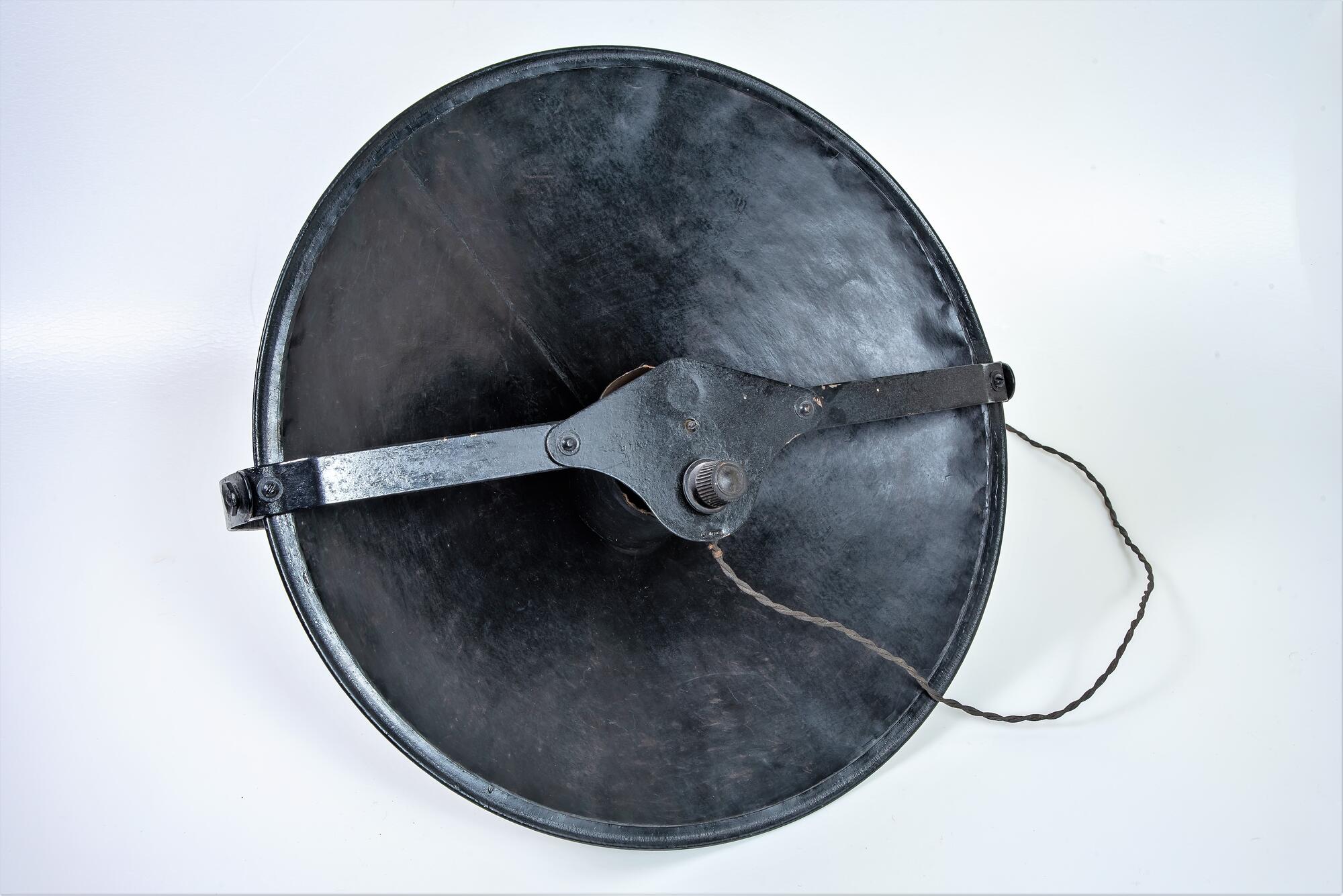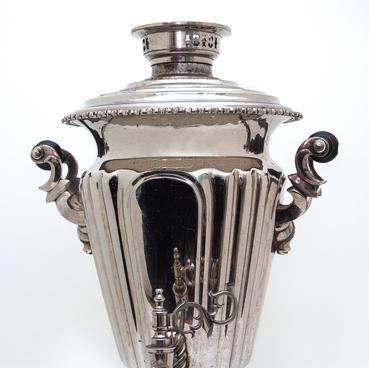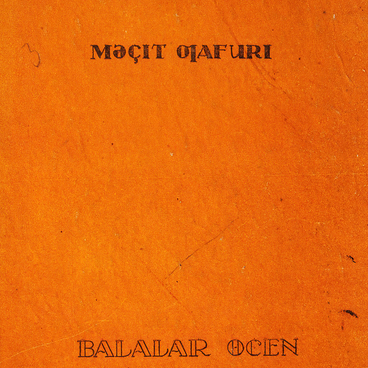The museum collection contains a loudspeaker from the 1920s-1930s that belonged to the poet Majit Gafuri. It is a device for loud sound reproduction. Such a device was the main source of information for many families in the first half of the 20th century. According to statistics, in 1937 every fifth Soviet citizen over 10 years old was illiterate, so the ‘black dish’ of the loudspeaker, which hung in almost every house, was of great importance.
In the 1920s, radio became the mass media with the largest audience reach. It shaped people’s outlook and worldview. The radio broadcast political news, reported on industrial achievements, aired soccer games, read out literary works, and played music. In the fall of 1924, regular broadcasts appeared on the radio. These were mostly radio versions of a number of newspapers, broadcasts of concerts, and educational series on the works of Alexander Pushkin, Ivan Krylov, and other writers.
A loudspeaker was also popularly referred to as a ‘radio’, although this is not an exact definition. Few people could afford a real radio — a tube broadcasting receiver — because it was expensive. The reproducer, on the other hand, was the first truly mass-produced loudspeaker. Later such devices became known as public radio stations. Its principle was very simple: an electrical signal coming through the wires converted into acoustic vibrations and gave out a sound. In the 1920s and 1930s, such ‘plates’ were sold as part of cheap radios without loudspeakers.
Several factories in Moscow, Leningrad, Nizhny Novgorod and Kharkov were producing loudspeakers at once. At first, they cost about 20 rubles, but later, when mass production was established, the price went down to 7 rubles. For comparison, a kilo of wheat flour at the same time cost 4 rubles 60 kopecks, and a piece of laundry soap — 2 rubles 27 kopecks. The sound quality of the first plate loudspeakers was very poor, but they perfectly reproduced the voice of the Moscow radio announcer. Production of the loudspeakers was discontinued in 1938. They were replaced by more modern radios, but the existing models remained in demand for a long time.
In the 1920s, radio became the mass media with the largest audience reach. It shaped people’s outlook and worldview. The radio broadcast political news, reported on industrial achievements, aired soccer games, read out literary works, and played music. In the fall of 1924, regular broadcasts appeared on the radio. These were mostly radio versions of a number of newspapers, broadcasts of concerts, and educational series on the works of Alexander Pushkin, Ivan Krylov, and other writers.
A loudspeaker was also popularly referred to as a ‘radio’, although this is not an exact definition. Few people could afford a real radio — a tube broadcasting receiver — because it was expensive. The reproducer, on the other hand, was the first truly mass-produced loudspeaker. Later such devices became known as public radio stations. Its principle was very simple: an electrical signal coming through the wires converted into acoustic vibrations and gave out a sound. In the 1920s and 1930s, such ‘plates’ were sold as part of cheap radios without loudspeakers.
Several factories in Moscow, Leningrad, Nizhny Novgorod and Kharkov were producing loudspeakers at once. At first, they cost about 20 rubles, but later, when mass production was established, the price went down to 7 rubles. For comparison, a kilo of wheat flour at the same time cost 4 rubles 60 kopecks, and a piece of laundry soap — 2 rubles 27 kopecks. The sound quality of the first plate loudspeakers was very poor, but they perfectly reproduced the voice of the Moscow radio announcer. Production of the loudspeakers was discontinued in 1938. They were replaced by more modern radios, but the existing models remained in demand for a long time.



